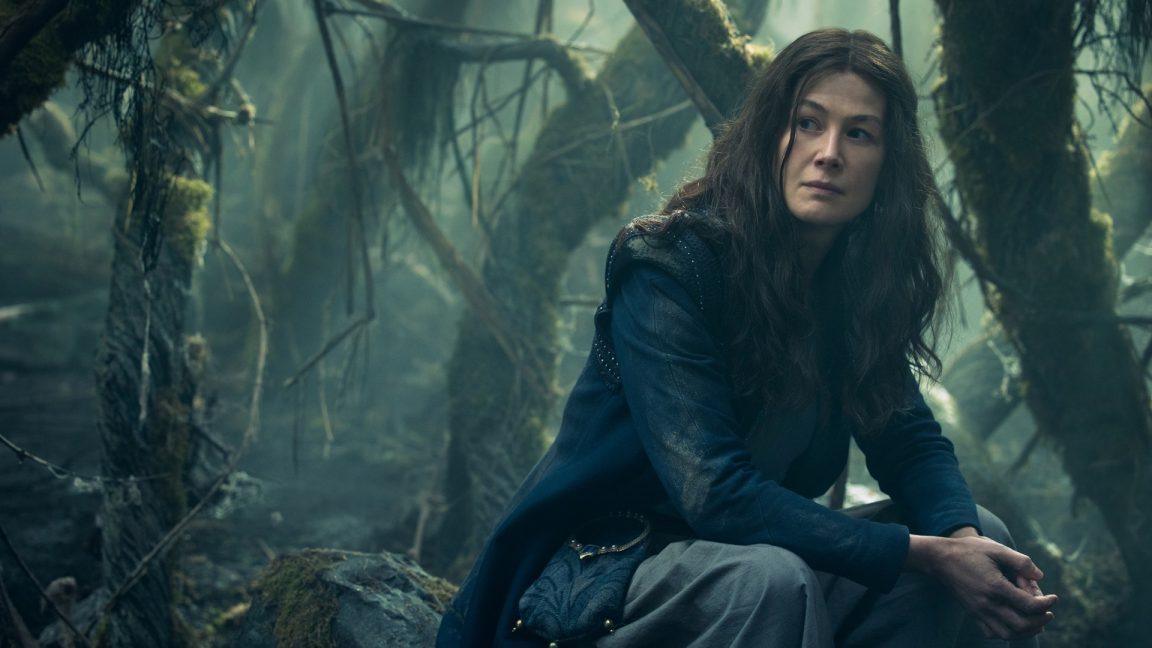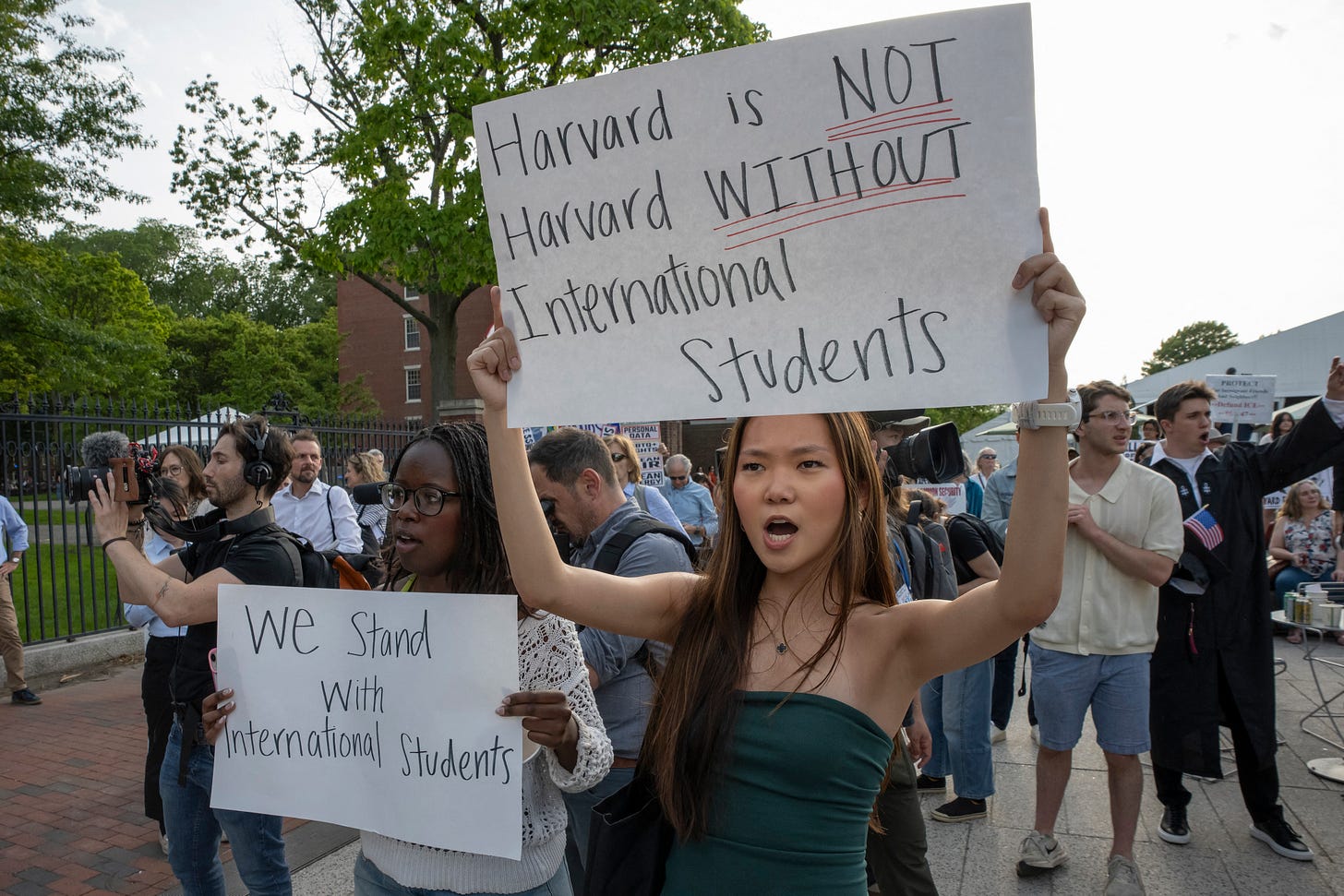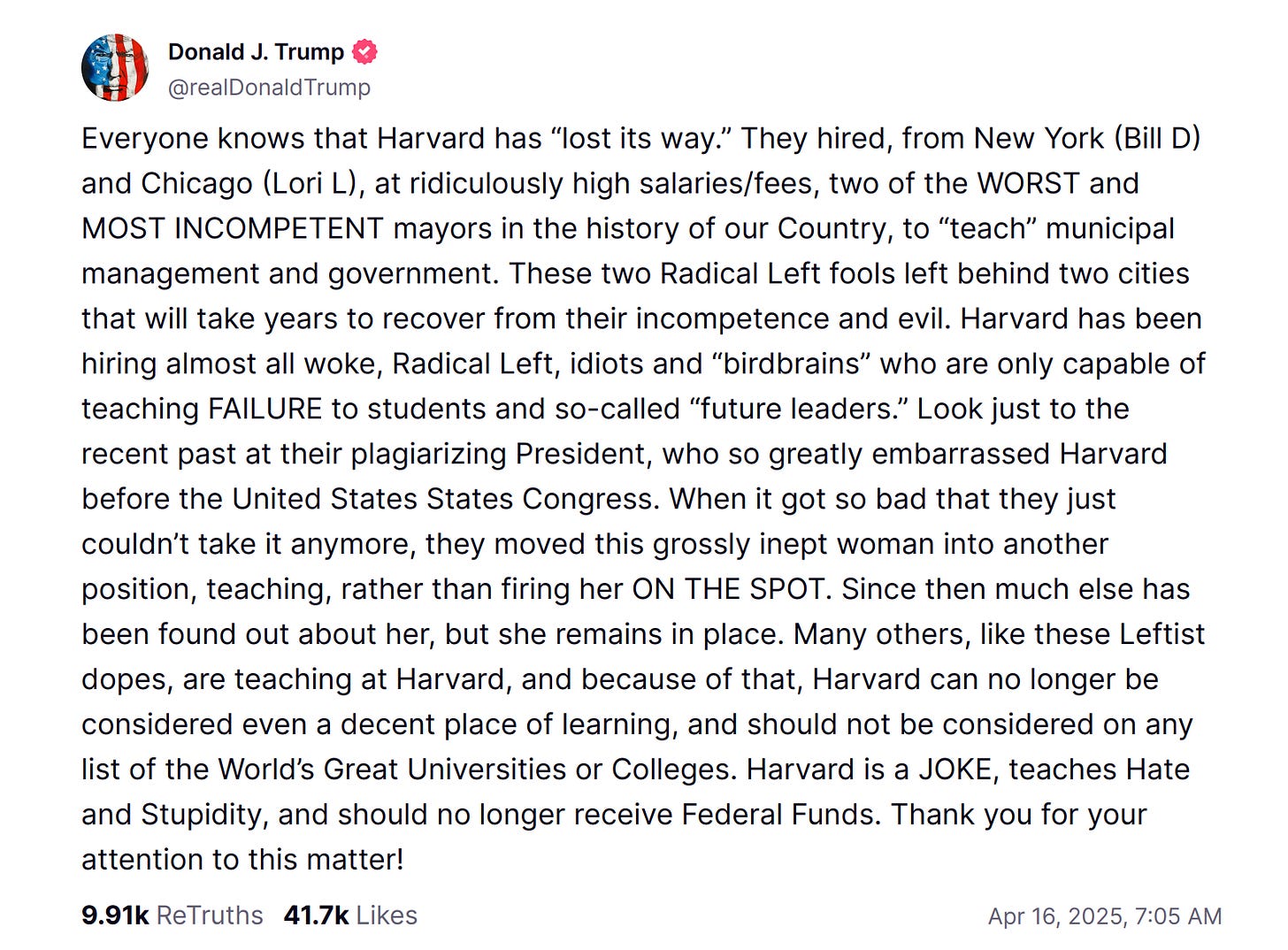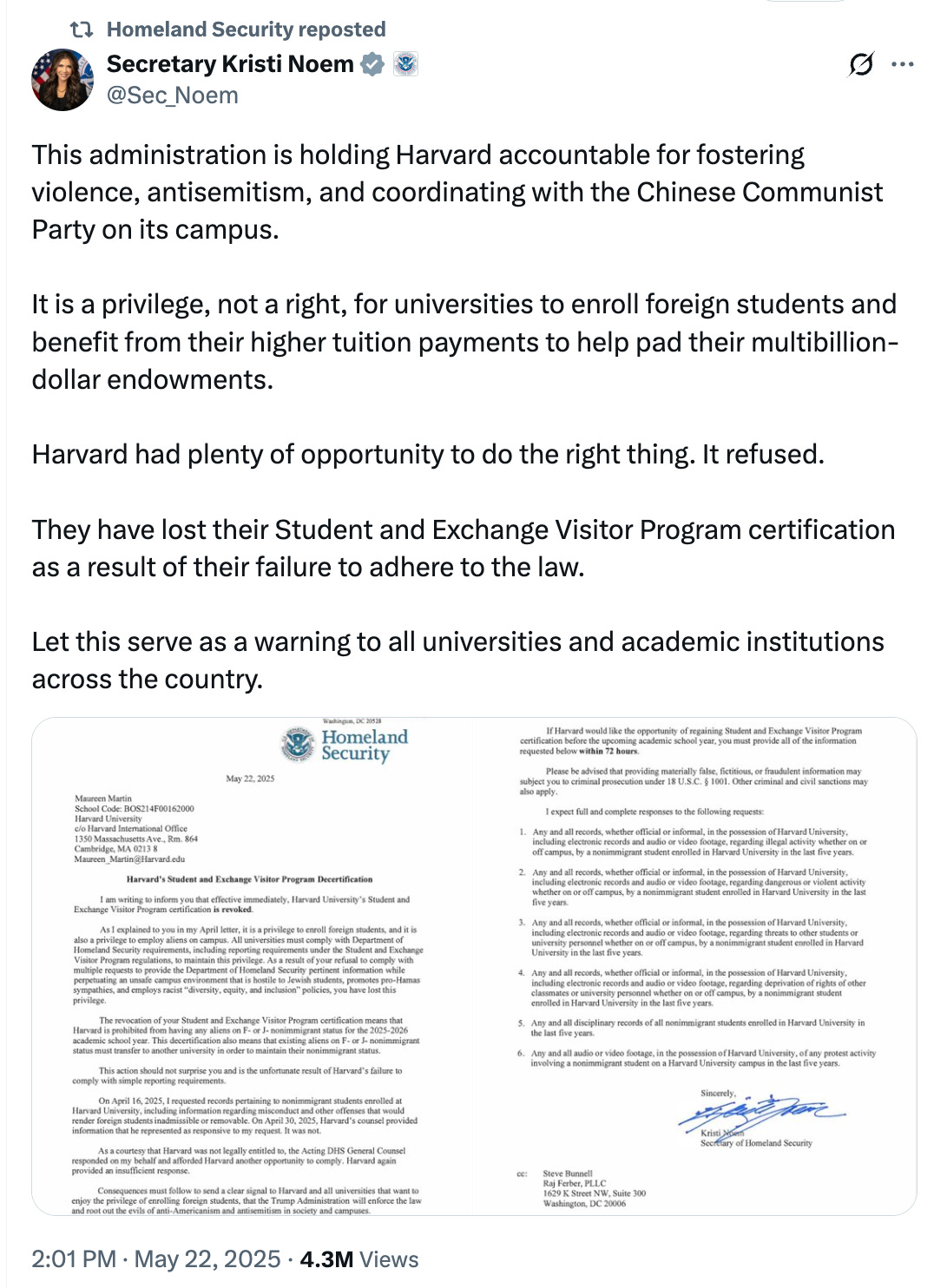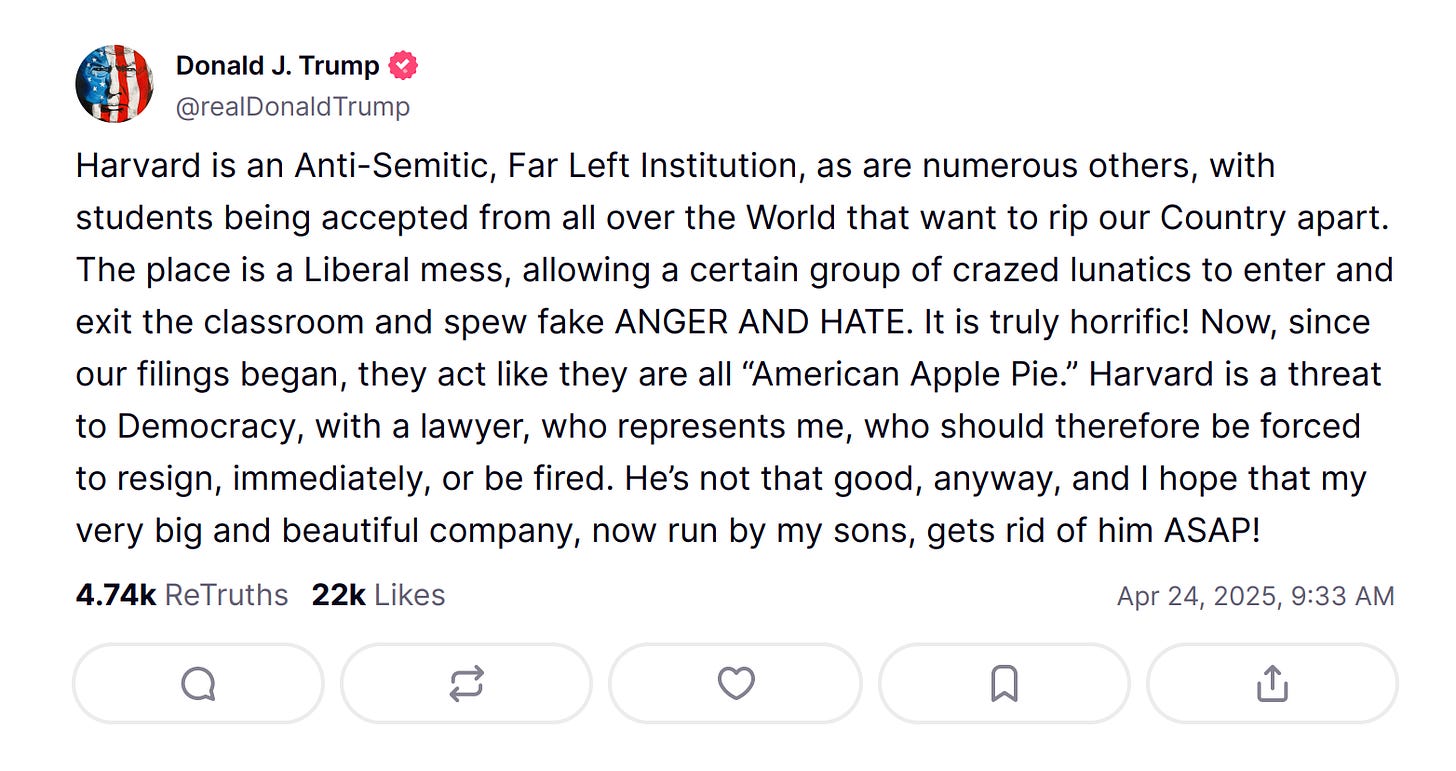‘Fabulous views in wonderful scenery,” say today’s walking notes. I don’t doubt it. But now, with the wind getting up and a mist creeping over the ridge, there’s little to see other than the ground at our feet. Which is why my attention is drawn to, shall we say, a canine deposit.
“But there are no dogs up here. It’s been two hours and just over four miles since that yappy little mongrel in the last village. And there are certainly no dog walkers; not one hint of another human in this wild terrain. No, the size, shape and furriness of this trailside offering reveal its author was the ancestor of all dogs: a wolf.
I reach for my binoculars, but in this mist it’s pointless. Besides, even under blue skies, no self-respecting wolf just sits around to be gawped at. But it’s thrilling to know they’re here; that Europe’s alpha predator, once driven out of Portugal, is making a comeback. Two packs now roam these hills, and this must be one of their calling cards.
It’s mid-April, and my wife and I are tramping through Peneda-Gerês national park, in northern Portugal, on day two of a six-day walk with On Foot Holidays. Our route takes us broadly south, covering 55 miles of mountain, forest and meadow as it winds from the little hamlet of Soajo to the monastery of Santa Maria do Bouro. It’s a decent hike, but each morning our bags are ferried by road to the next night’s retreat, so we need carry only day packs.
The park, designated in 1971, lies not far north of the popular Douro valley, but is far off the tourist trail. Amazingly, it remains the only national park in Portugal. And it’s steeped in history: our trail was first blazed by the Romans, as they marched north around 200BC to subdue hostile Celtic tribes and strengthen their hold on the Iberian peninsula.
This early in the season, the weather is a lucky dip (May, early June, late September and October are among the best times to visit). We arrive in Porto to showers, scuttling from Dom Luís Bridge to Clérigos Tower, then ducking into the Benedictine monastery for a fado (traditional Portuguese music) performance – which reduces us to tears, despite not understanding a word. Next morning, the skies have cleared. And when we arrive in Soajo – two hours from Porto by train and taxi – we find its stone walls bathed in afternoon sunshine. Fallen oranges litter the cobbles, and a hoopoe intones its hoop, hoop refrain from the church tower beside our B&B.
On our first day’s walking we strike out south, armed with a hefty packed lunch that includes a slab of traditional Pão de Ló Easter cake from our Soajo host’s family bakery. Our trail snakes through mossy woods bubbling with birdsong, crosses tumbling rivers on ancient stone bridges, and traverses flanks of airy moorland, where Dartford warblers scold from the heather and Iberian wall lizards dodge our advancing boots.
It hasn’t taken long to hit our stride. By the end of the day, we have more than 11.5km under our belts. Where possible, we stick to old-school navigation, poring over On Foot’s map and trail notes. Their app provides digital back-up, and reassurance comes from the red-and-white way-markers daubed on rocks and tree trunks – helpful, as not once do we meet another hiker to set us straight.
Our bolthole for night two is a cottage in picture-postcard Lindoso village, overlooking a hillside of espigueiros – the traditional grain stores, raised on stone pillars and crowned with crucifixes, emblematic of this region. We dine at Casa do Destro, devouring the first of the week’s baked bacalhau (salted cod) and grelos (turnip tops), washed down with the gentle fizz of a local vinho verde.
On day two of our trek, the weather creates another country. Brief windows in the cloud and drizzle reveal a wild landscape, daunting in scale and seemingly more suited to wolves than hikers. At one point, the mist parts around a huge ridgetop boulder that appears – to me, at least – uncannily like a wolf’s head.
Today turns out to be the most arduous and weather-battered of our week. Happily, it culminates in our most luxurious bolthole. Reaching the tiny hamlet of Brufe, after almost 23km, we collapse into the warm embrace of Leiras do Tempo. Two nights here allow us time to recover, dry our gear and admire the views.
In the morning, with no imperative to move on, we linger over a lavish late breakfast before setting out for the Casarotas wolf trap. Our itinerary describes this hike as “optional”, but the name is too intriguing to resist and soon we’re tramping back uphill through a yellow blaze of gorse and broom in the sunshine.
At the summit, we find the fojo, or wolf trap. Believed to date back to the 18th century, it comprises two dry-stone walls that descend a steep hillside in a V-shape, converging on a hidden pit. Here, farmers fearful for their livestock drove wolves down to the bottom and slaughtered them. Today, the walls are lichen-encrusted relics of a bygone age. But the wolves are back. Clearly, they were playing the long game.
Two days later, we descend even deeper into history. Soon after departing our overnight at Campo de Gerês (more bacalhau; more espigueiros), we join the Roman road – a two person-wide granite contour path that winds south through deep woods of oak and pine. Occasional information plaques and life-sized metal cut-outs of legionaries confirm that we’re on the right track – as do the more ancient milestones left by the Romans themselves.
The woods swallow us, and with little by way of modernity to break the spell, it’s easy to fantasise about the imperial troops that once marched here. Run-off from the rains has turned some stretches into a river, making stepping stones of the ancient cobbles. “Must have been tricky doing this in sandals,” says my wife.
I also fantasise about the wildlife of yesteryear. There were bears here back then, as well as wolves. Today, leaf litter excavations betray the presence of wild boars, while the long-horned barrosã cattle that browse in the bracken prompt thoughts of the extinct wild aurochs that once roamed these parts. Nature also brings smaller offerings: a golden oriole flashing through the canopy; orchids bejewelling a hidden meadow; a fire salamander on the track, its vivid black and yellow an unambiguous warning not to touch.
It’s early afternoon on day six when the towers of the Mosteiro de Amares appear. This 12th-century Cistercian monastery in picturesque Santa Maria do Bouro is now a classy pousada (hotel): our journey’s end. There is much to explore here – cloisters, orange groves, a pool – and tonight we will dine sumptuously beneath the high stone ceilings. But for now, we collapse in our room with a complimentary port. The mountains loom beyond our window. We didn’t see wolves, but I’d like to think wolves saw us – and that’s good enough for me.
The trip was provided by On Foot Holidays. The Roman Road to the Monastery of Santa Maria route costs from £940 for seven nights, including B&B, lunches, luggage transfers, maps and route notes, companion app with GPS navigation, and local support. The route is accessed from Braga, less than an hour from Porto by train and around 45 mins from Porto airport by bus

 By season 3, the show had become adept at translating big book moments for the screen.
By season 3, the show had become adept at translating big book moments for the screen.
 Like Rand al'Thor struggling with the One Power, <em>The Wheel of Time</em> struggled against the realities of the current TV landscape.
Credit:
Prime/Amazon MGM Studios
Like Rand al'Thor struggling with the One Power, <em>The Wheel of Time</em> struggled against the realities of the current TV landscape.
Credit:
Prime/Amazon MGM Studios
 <em>Wheel of Time</em> fans didn't get to see everything translated from book to screen. But we did get to see a lot of things.
Credit:
Prime/Amazon MGM Studios
<em>Wheel of Time</em> fans didn't get to see everything translated from book to screen. But we did get to see a lot of things.
Credit:
Prime/Amazon MGM Studios
